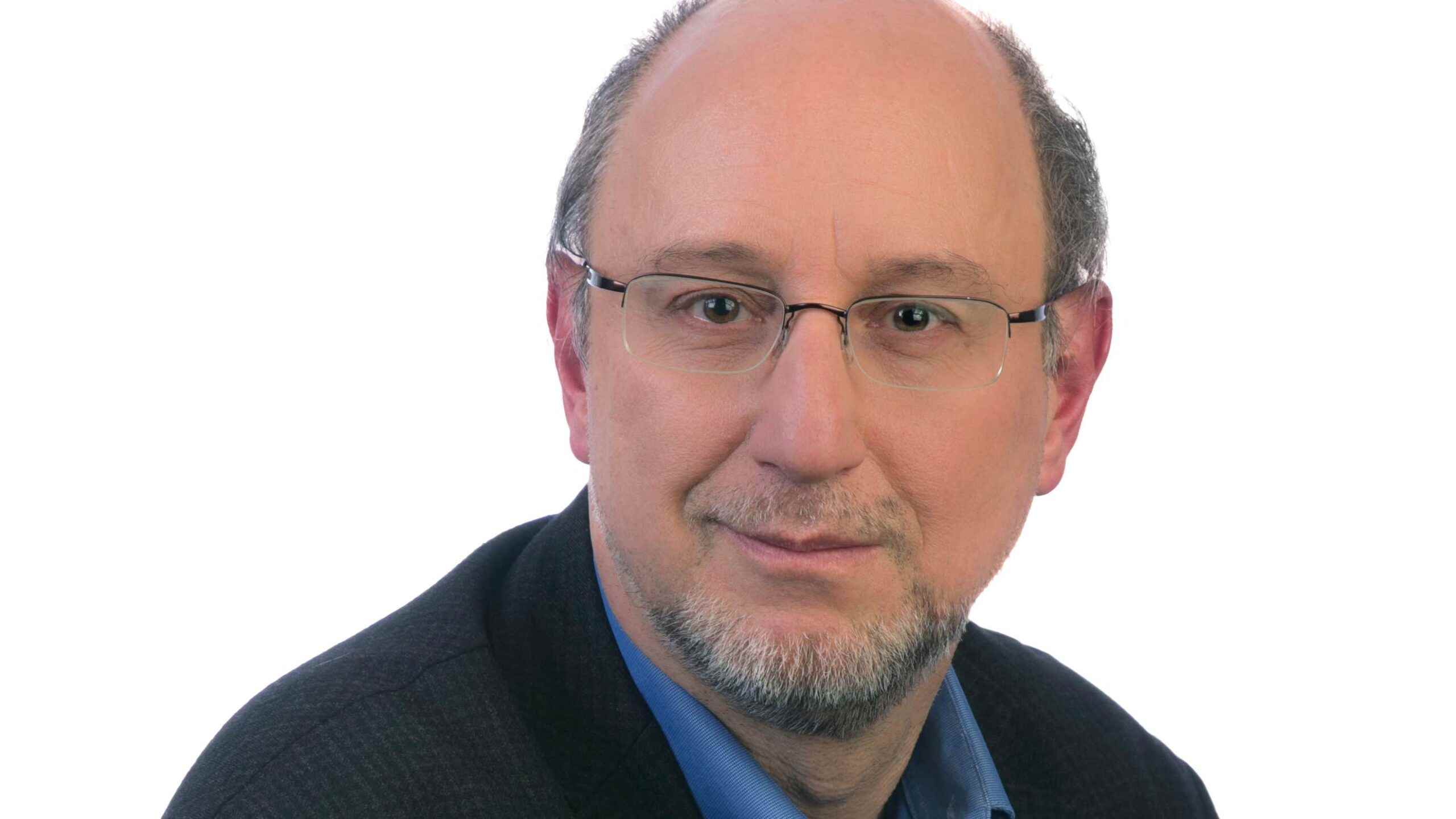In October 1962, the world came close to nuclear war. Cuba, under the leadership of a Fidel Castro who was unleashed following the attempted invasion of the Bay of Pigs, had just accepted the installation on its territory of Soviet atomic bombs aimed at Miami, New York and Washington.
In this 60e anniversary of the “missile crisis”, nuclear angst returns to haunt the world. The parallel is inevitable with the current situation.
With his plans frustrated in Ukraine, Vladimir Putin is threatening in a veiled way to use “the bomb” tactically… not to mention Russian bloggers and commentators, some of whom are outright calling for “vitrifying Washington”.
But 2022 is not 1962.
The situation in 1962 was both simpler and more dangerous. It was essentially two nuclear powers, the United States and the USSR, facing each other on the edge of the abyss.
60 years ago, the USSR had allies in Eastern Europe, but also in Cuba, which had just succeeded in its revolution. The Cuban state had quickly become what it was not in 1959: a pro-Soviet communist country, a strategic advance of the USSR in the Caribbean Sea.
The secret nuclear missile installation, 150 kilometers off the coast of Florida, sealed this strategic union and directly threatened the United States. This was the ardent wish of Castro—who, we will learn later, outright advocated the use of the atomic bomb against the United States.
Fortunately for humanity, Castro’s desire to vitrify Washington will not be to the liking of its Soviet tutors!
Today, there is no symmetry in the confrontation. In 1962, the world was bipolar, even beyond the northern hemisphere. Today, it is multipolar, with China clearly overtaking Russia.
In 2022, a nuclear power attacked a non-nuclear neighbor, in a territorial invasion, a colonial war which is also a war on the ground, with “conventional” means (which include bombardments against civilians).
The attacked country has supporters who are not allies strictly speaking. Just as Soviet military support for North Vietnam in the 1960s and 1970s was not “co-belligerency”…even though at the time it proved decisive in the victory of the Communists against the United States. United.
Today, the supporters of Ukraine are massively sending conventional weapons allowing it to defend itself. We thought that Russia, a nuclear power, was also very capable on the ground, with tanks, artillery, planes… But we discover – this is a key element of the current situation – that it is much weaker than we thought.
It is this weakness that drives Russian nuclear blackmail today, even if there is a debate on the seriousness of the Kremlin’s threats, around the question: “Is Putin bluffing?” »
Another important difference: in 1962, there was a desire on both sides to negotiate. And this, despite the absence of modern means of communication (the famous “red telephone” was only introduced in 1963, after this crisis and because of it)… which we can clearly see, today, that they are not a panacea for peace!
On both sides, internally, in Washington as in Moscow, a “negotiation camp”, haunted by the danger of the nuclear holocaust, will be opposed to a “hard camp”, which has its finger on the red button.
In Washington, President Kennedy stands up — especially after the episode of the American plane shot down, on the penultimate day of the crisis — to the generals who absolutely wanted to strike Cuba. The case is well told in the film Thirteen Days released in 2000, based among other things on the memoirs of Robert Kennedy, who assisted his brother throughout this crisis.
On the Soviet side, generals and certain members of the Politburo wanted war and intended to defend Cuba as if it were the USSR, even at the cost of nuclear war. Castro was in this “tough” camp. But opposite, there was Khrouchtchev, the general secretary, and then the number 2 of the mode, Anastase Mikoyan – whose role a little forgotten was capital (like that of the Soviet ambassador in Washington, Anatoly Dobrynine).
Mikoyan traveled to Havana to convince Castro to accept the compromise that had developed in extremis : withdrawal of the missiles in exchange for an American promise not to attack Cuba militarily (promise historically kept)… and also – secret clause – a withdrawal of the Jupiter missiles installed in Turkey by Eisenhower, directed towards the Soviet Union.
This type of outcome is not on the agenda in 2022. Each for its own reasons, the two parties currently want to continue the war. The danger of a nuclear spillover in 2022 is still only a hypothesis with non-zero probability… whereas in 1962 it was a concrete, immediate and terrifying possibility.
François Brousseau is an international business analyst at Ici Radio-Canada.
[email protected]
